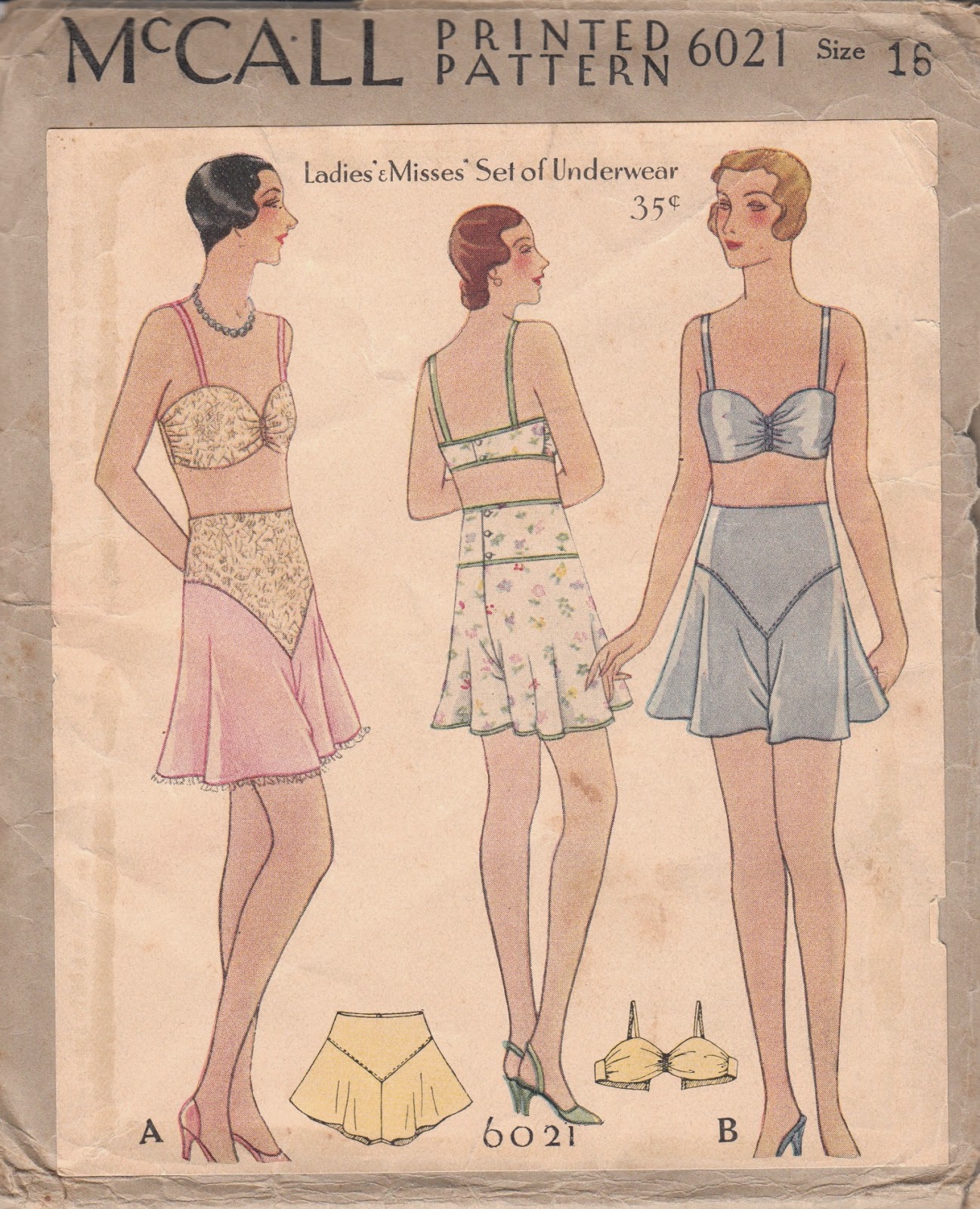This adorable wool caped coat was displayed on a hanger dangling precariously from the
1850's Wicker Baby Carriage. It was one of several baby garments hanging off of the carriage, and sadly, this hid the beautiful wicker curlicues from view. By removing that ugly baby "doll" from the carriage, I was able to display the various infant garments inside the carriage.
This A-line coat fastens with just a large hook and eye at the neck. The body of the coat is lined in ivory linen, while the cape is lined in ivory satin. The waist and sleeves are decorated with little cartridge pleats. The fullness at the back of the coat is controlled with two knife pleats. The coat has a weird, small, gathered attached cap-like piece, however, whose function I'm unsure of. Was this to protect the back of baby's head when baby was lying in the crook of an arm? Or was this meant to flap back onto the cape? It really is so small, and placed weirdly, so that it would be almost impossible to squeeze an infant's head in there.
 |
| Lining of the body of the coat. |
 |
| Museum accession number--I think... |
 |
| The mysterious, gathered floppy cap-like piece at the neck of the cape. |
 |
| Back of the coat. |
This blue floral lace baby bonnet was a gift of Mrs. Magenheimer, who has donated several objects to the museum. This bonnet was displayed on a yellow Styrofoam head with a yellow giftwrap ribbon bow around the neck, a distracting and rather "cheesy" setup. It is now displayed inside the
1850's Wicker Baby Carriage, along with the coat.
The pleats, held with starch, were made with a double layer of the lace. Frankly, the whole bonnet seems rather large for a baby's head, as it was just a bit too small for the Styrofoam head mount. The crown of the bonnet had some dirt and grit on the surface. The whole bonnet was sprinkled with teeny yellow spheres that I originally thought were sacs of insect eggs, but that I later realized (with some help from the circulation desk) were
actually paint splatters!!! The yellow paint must've been from those yellow wooden dividers around the room...how could the person painting them have been as careless as to
splatter paint onto the museum's precious objects?! I did my best to wash the bonnet, soaking it several times in cold water (and I found an insect that had been eating the starch!!) but the paint splatters still remain...
Part of me has a really hard time believing that this blue lace bonnet is from the 1860's. The fabric just seems so stiff and synthetic to me, and the pattern of the lace itself is large and clumsy, lacking the gracefully intricate designs of even machine-made laces of the era. The lace is obviously machine made, but the fiber content is difficult to determine. The lace is neither silk, linen, nor wool; all plausible options for the mid 19th century. The bonnet, although starched, has a distinctly scratchy feel. The background net is a hexagonal shape.
 |
| Detail of the two layers of the lace in the pleats, and some of the splattered paint domes. |
 |
| Many more little paint domes... |
 |
| Lots of dirt and grit on the crown of the bonnet. |
The coat and the bonnet are now displayed inside the carriage, along with a pintucked Christening gown and a lace Christening gown. This really allows the woodwork of the carriage to "pop" against the soft shades of white and ivory. The carriage was originally placed in the far corner of the dias, but now it is more incorporated into the display by being alongside the matronly
1907-09 Blue Wool Visiting Dress, adding to the vignette-like quality the museum committee wanted me to achieve.
















